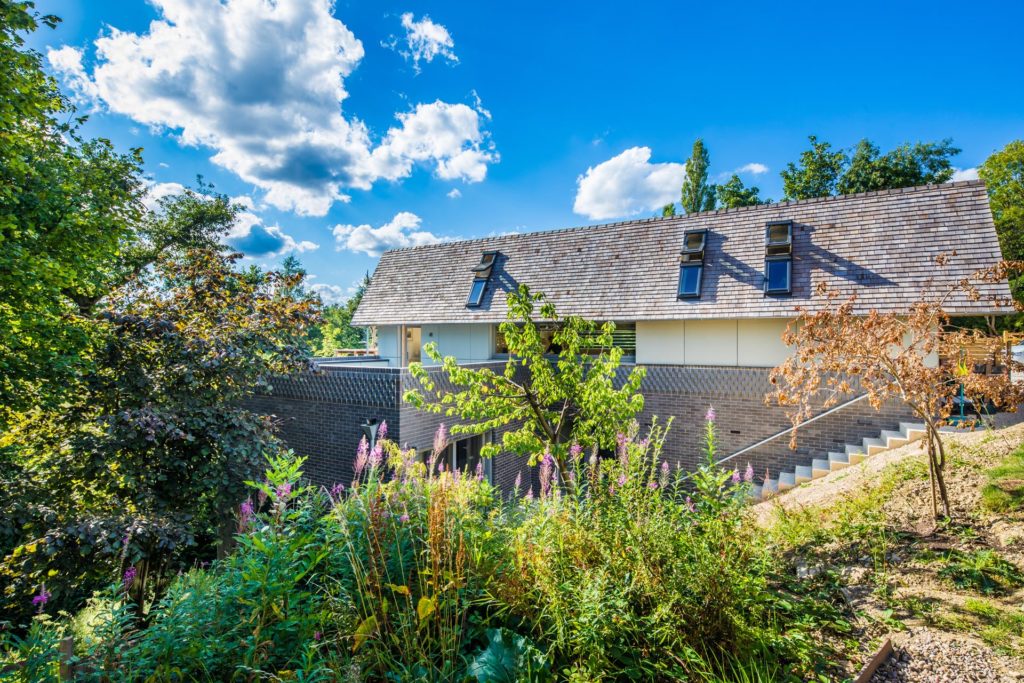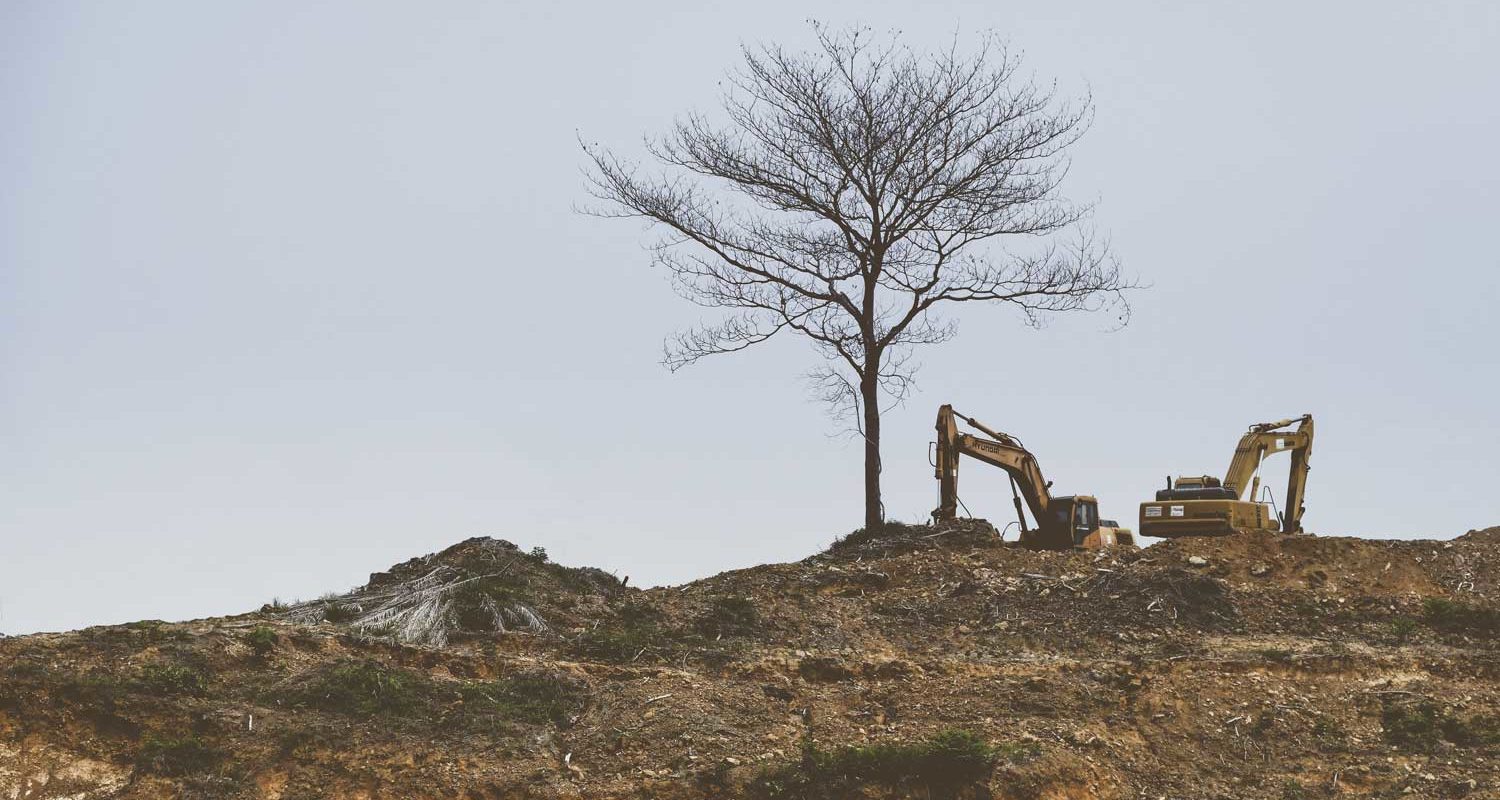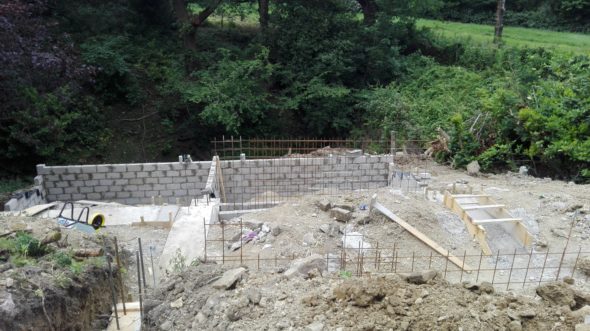Building your new house or extension without well-designed foundations is like driving a sports car on bald tyres. Like the tyres on your car, the foundation of your house is the only connection it has with the ground.
In order to design the most efficient, safest and durable foundation your Structural Engineer needs to have an accurate understanding of the ground the foundation will sit upon. This is where the Site Investigation (commonly referred to as an ‘SI’) comes in. It will establish the type and quality of the soil beneath the new foundations.
SIs can be a simple desk study but could also be more involved; using digging machinery and borehole drills together with laboratory testing.
Do I need one?
The scope of the investigation required depends on a few factors:
- The size and scale of the project. Are you building a new build or adding an extension to an existing house?
- Is it a virgin field or has it been built on in the past?
- Any prior knowledge of the ground conditions.
- The condition of an existing building. Are there signs of movement and cracking?
- The presence of any potentially problematic ground conditions – clay, made ground, peat etc.
Some, but maybe not all, of these factors may be determined very early on in the project. If you are extending your current property and there are no signs of movement then you may not need to do an SI. On the other hand, a new build on an undeveloped site would almost certainly benefit from a detailed investigation.

What are the benefits?
All of these benefits have a financial saving attributed to them and in our experience, these savings will almost always offset the cost of an SI.
- A detailed understanding of soil conditions allows your Structural Engineer to design a more efficient and cost-effective foundation.
- There will be health and safety benefits for construction workers and the building occupants.
- It can guard against future issues of cracking and structural movement.
- An SI can save time in the long run. Knowing the ground conditions prior to starting on site avoids the need for assumptions and subsequent redesigns. Nasty shocks once the builder starts to open up the ground would also be avoided. These time gains mean less time on site and ultimately a quicker moving in date.
How much will a Site Investigation cost and how long will it take?
The cost of an SI will depend on the scale of your project:
- An intrusive site investigation can cost a few hundred pounds for a morning with a small digger making a few shallow trial pits.
- A full-scale investigation could cost several thousand pounds to cover deeper pits, JCBs and drilling rigs. The investigation would take a few days followed by lab testing. The results of which can take several weeks to come back.
In almost all cases, the cost of the SI will be more than saved by the value it will add to your build. If you take the potential for future remedial works to correct damage into account then it’s easy to see the value in a good investigation.
You should allow some time in your build programme for the SI but also allow some float time in case of any unforeseen issues. Your Structural Engineer or Architect can help you with this.
Further Considerations
Historical Mining?
Many parts of the UK, including many parts of South and West Yorkshire and North East Derbyshire, are founded on coal that has been mined in the past. This can potentially cause significant ground movement and subsequent damage to buildings. It’s therefore important to consider the likely presence of coal on your land. You can obtain a report from The Coal Authority on known mining areas. Should this indicate the area in question to be classified as ‘high risk’, a Coal Mining Risk Assessment (CMRA) should be carried out. This will then determine the need for any intrusive testing.
Radon?
Some parts of the UK are affected by Radon; a colourless and odourless gas has which is potentially carcinogenic. Whilst it is not possible to test for radon as part of a site investigation, statistical data exists which enables any radon protection measures to be identified. For existing buildings, it’s also possible to take readings of radon levels (although this involves sending the monitoring devices off to a specialist for analysis).
Clay and trees?
Soils that hold water and don’t drain quickly or easily are described as cohesive. These can be clays or mudstone. They need special consideration as they heave and shrink in relation to their water content. In dry weather, they tend to dry out and shrink, whilst wet weather leads to swelling. If not properly catered for in the foundation design there is a risk of movement in the building leading to cracking or worse.
Adding trees into the mix can make this worse as they remove water from the soil. Removing trees from cohesive soils (by cutting them down) can lead to significant swelling and could cause structural defects in any nearby building.
A thorough understanding of the type of soil and the trees in and around the site is therefore very important.
JAM Structural Design
JAM Structural Design is on a mission to provide our clients with the best possible value we can across their entire project. Not just with their fees.

Look no further for a Structural Engineer!
For elegant, efficient & cost effective structures…

